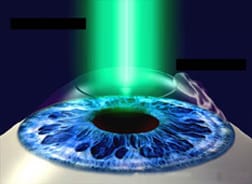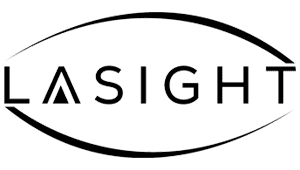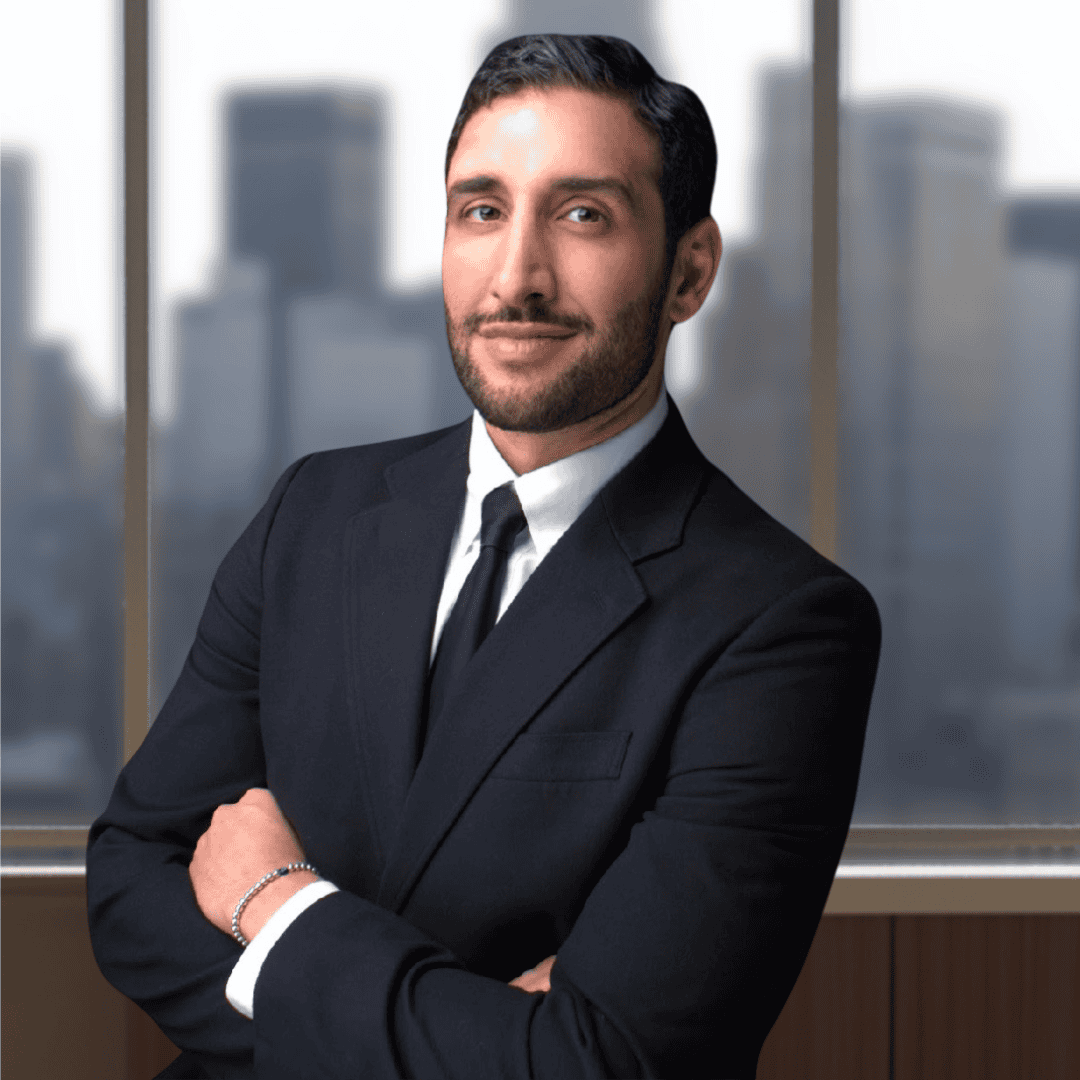Photo-Refractive Keratectomy (PRK)

For those who may not be ideal candidates for LASIK, PRK is a proven alternative. Both LASIK and PRK use an excimer laser to reshape the cornea and correct nearsightedness, farsightedness, and astigmatism. However, unlike LASIK, PRK does not require the creation of a corneal flap. Instead, the outermost layer of the cornea (epithelium) is gently removed before the laser reshaping process begins, and the laser sculpts the front layers of collagen. This makes PRK a preferred option for individuals with thin or irregular corneas, those with a history of dry eye, or people with active lifestyles who may be at risk for flap-related complications.
Because PRK allows for full corneal integrity without a flap, it is often recommended for military personnel, athletes, and others who need maximum corneal stability. The recovery process is slightly longer than LASIK, as the epithelium naturally regenerates over a few days. However, PRK provides the same outstanding long-term vision results as LASIK, with many patients achieving 20/20 vision or better.
If you’ve been told you’re not a candidate for LASIK, PRK may be the perfect solution for you.

